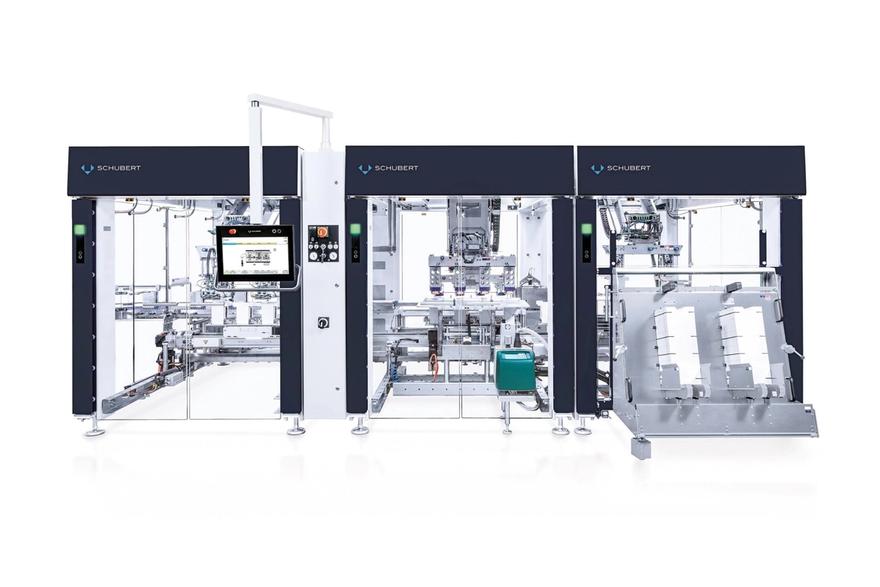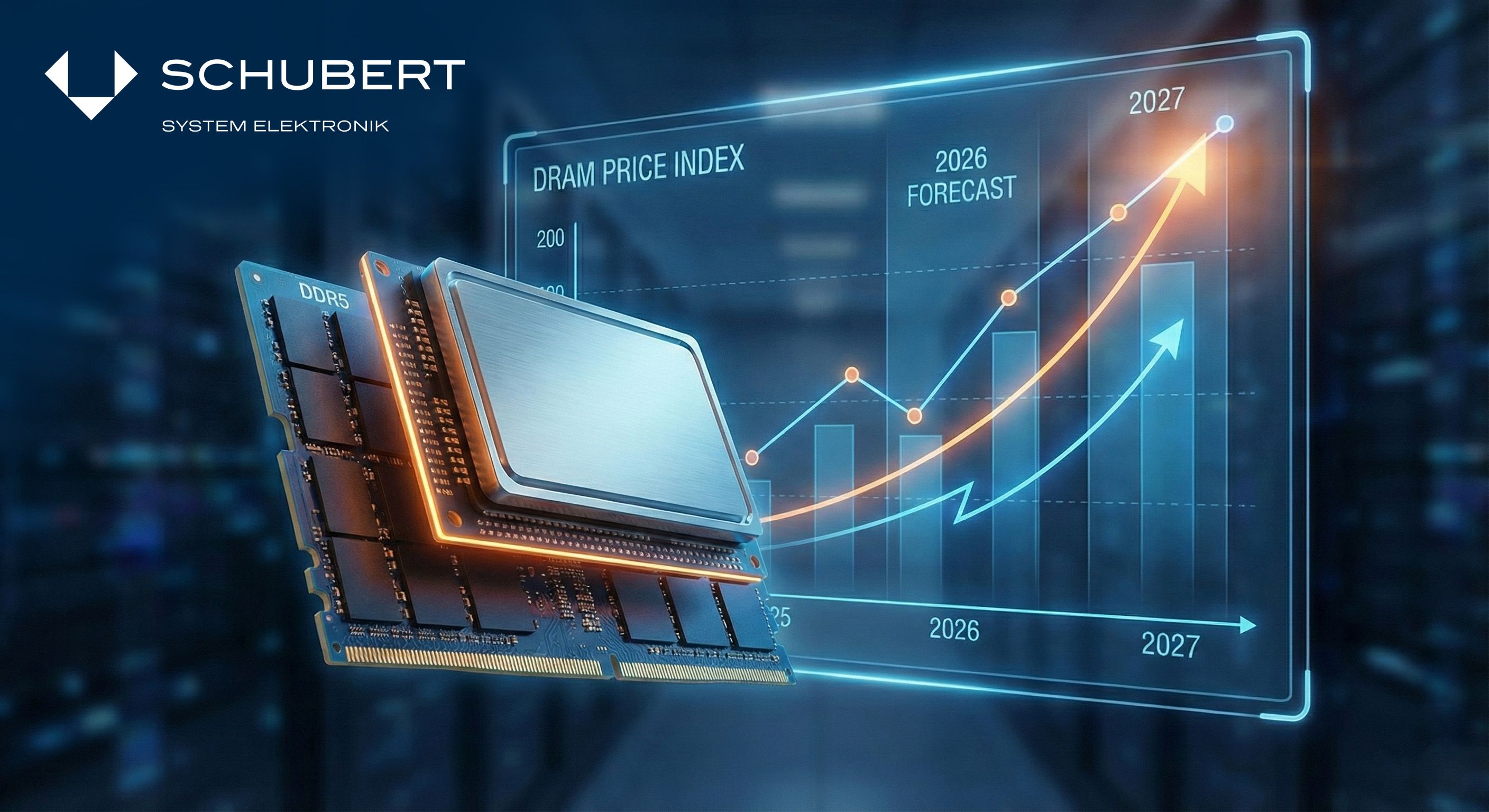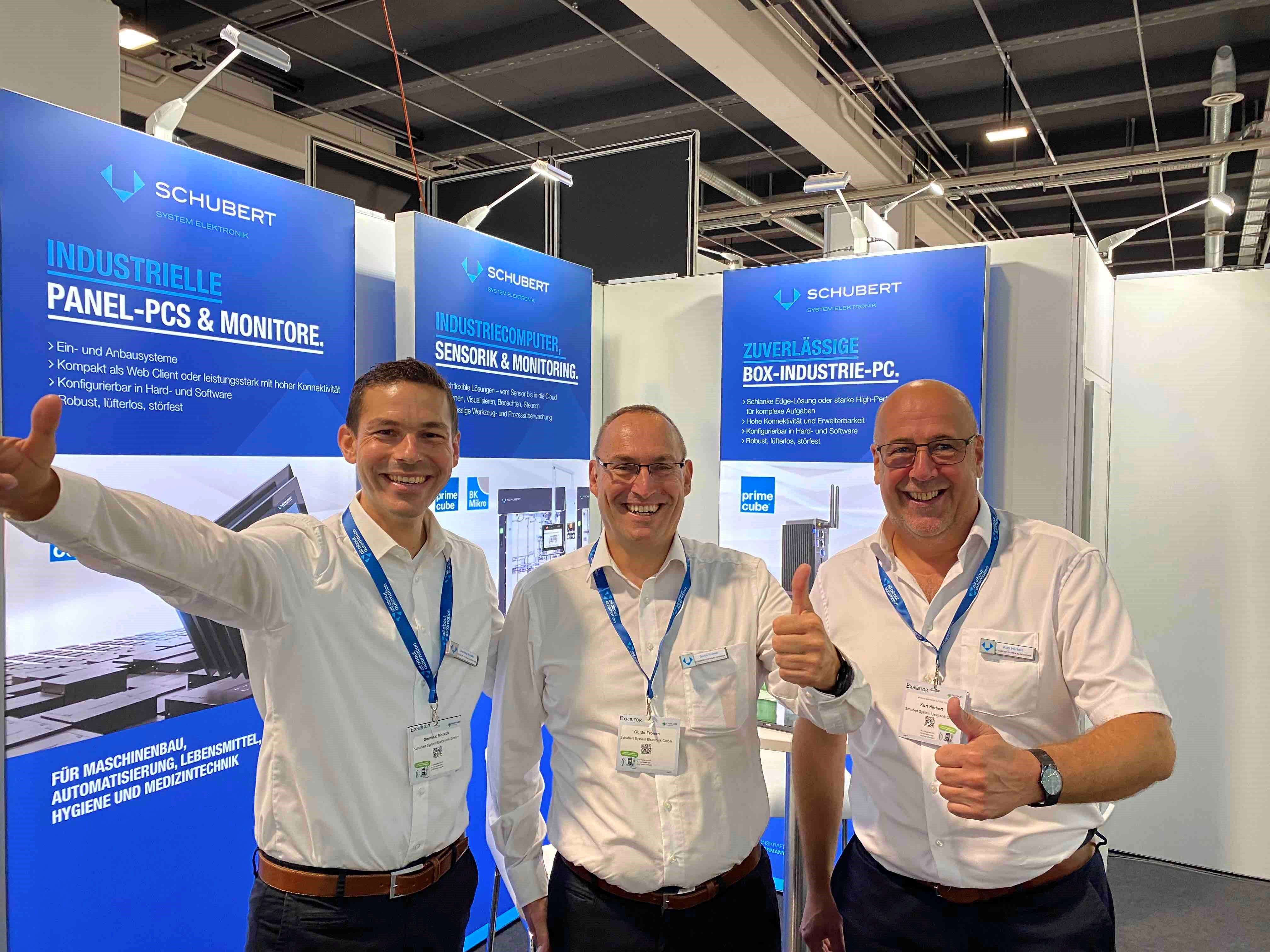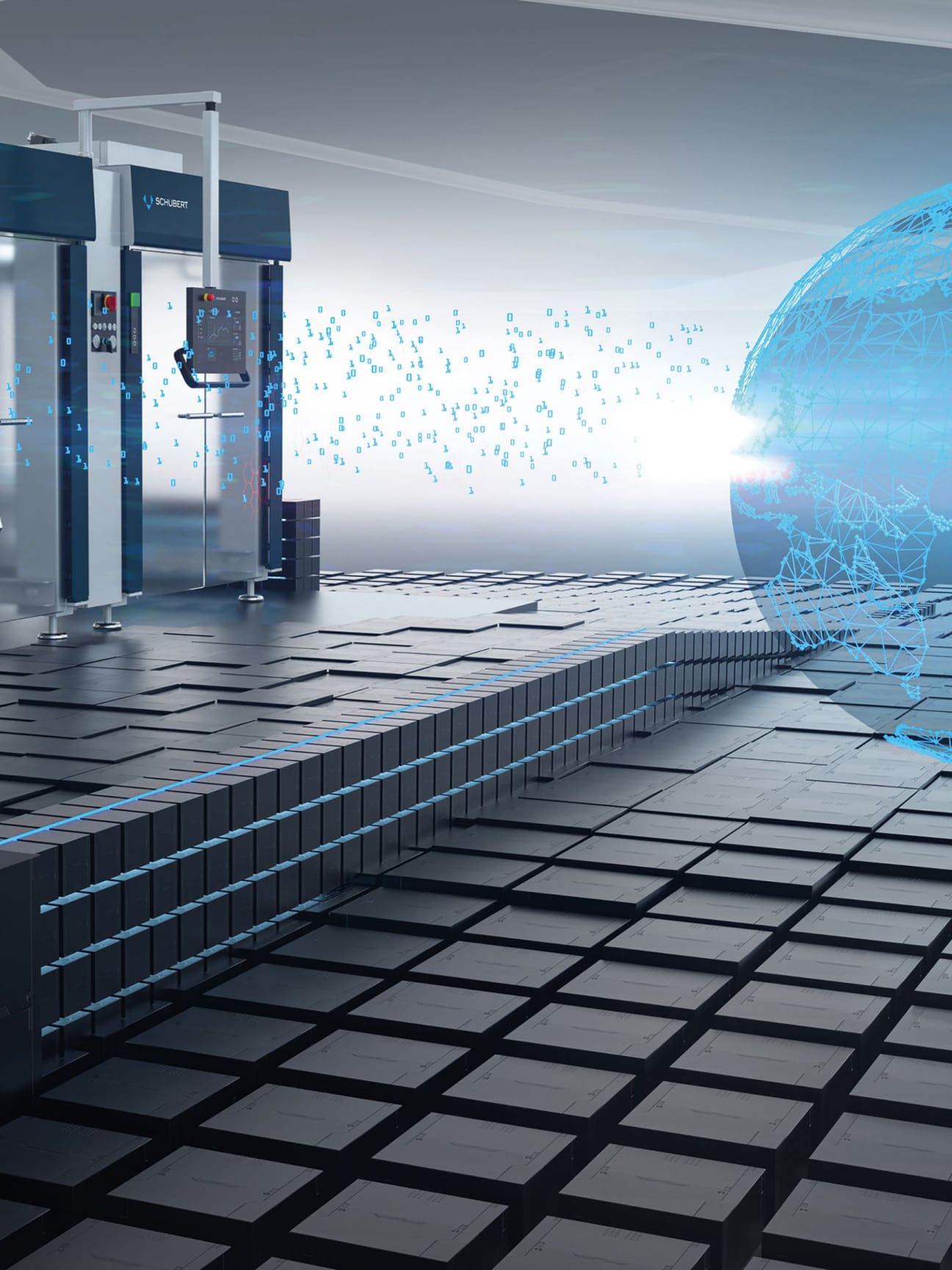
The new TLM Server
Greater efficiency and security through virtualization and containerization
The challenges:
- A complex system with a variety of hardware components
- High resource expenditures in terms of time, money and organization
- Inconvenient for the user because of additionally required laptop
The success factors:
- Systematic analysis of the application to properly implement the requirements
- Development competence in hardware and software
- System consulting in close cooperaton with the customer
The result:
- A distributed hardware-independent system based on an individually configured High Performance Box IPC
- Use of special operating system and software components for virtual machines and edge computing
- Quick, reliable and secure operation including support by the manufacturer
The starting position
The Starting Point: A Complex and Difficult to Maintain System with Operating Computer
So far, the top loading packaging machine of Gerhard Schubert GmbH has combined many different functions as a classic monolithic system. To give an example, the operating computer featured a central HMI application for the user, remote access, and data processing. The multitude of hardware components (HMI, gateway, laptop) often entailed repairs. The installation and setup required a laptop, something end customers frequently criticized as inconvenient handling but also in terms of security. The step-by-step extension of the system has made it more and more difficult to maintain and has increased its complexity. Furthermore, each new system extension required a new functional test.
For the new generation of the TLM server Schubert places particularly great emphasis on a slim system with low production costs, optimizied maintainability, and better performance. Thus, it must be possible to replace hardware quickly in case of repairs. Furthermore, Windows should be replaced by Linux on the operating system level to increase security. Quick and secure remote access is also important for the perfect support of end customers. All in all, the resource expenditures in terms of time, organization and money are to be reduced.
With its slim and secure system, Gerhard Schubert GmbH intends to facilitate support and meet the customer requirements even better.
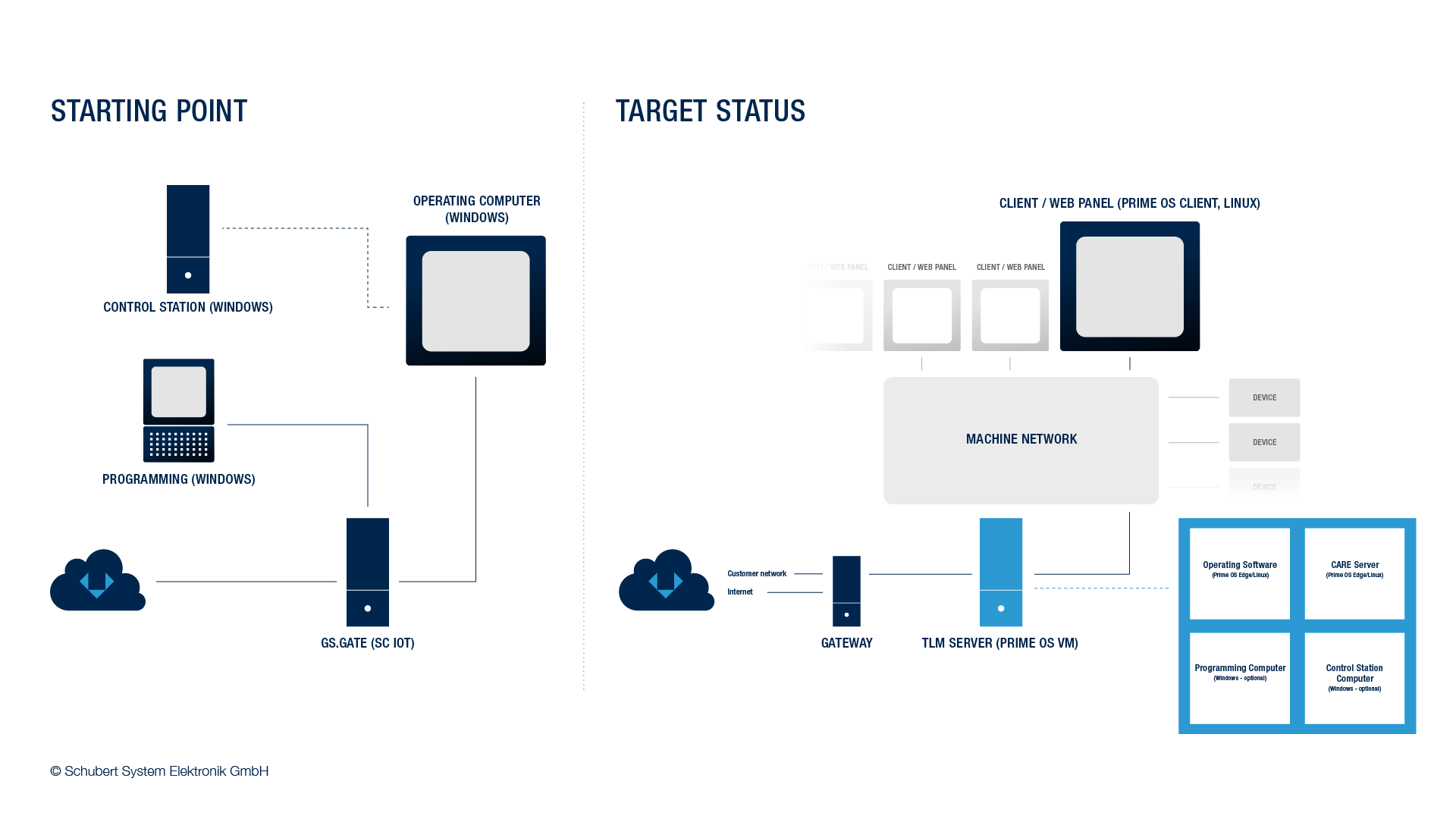
Our solution
Our Solution: A Distributed and Efficient System Through Containerization and Virtualization
The previous system is dissolved and distributed through virtualization and containerization. The applications or individual modules are containerized and subsequently aggregated with the operating system in a virtual machine by a hypervisor. In this way, it is not necessary to provide separate hardware for each application. Even so, the applications can work separated from one another. The virtualization allows for more flexible functional extensions in the TLM server with Schubert. Apart from the application host the care portal “Schubert4You” that used to run on the separate gateway is now integrated on the new server.
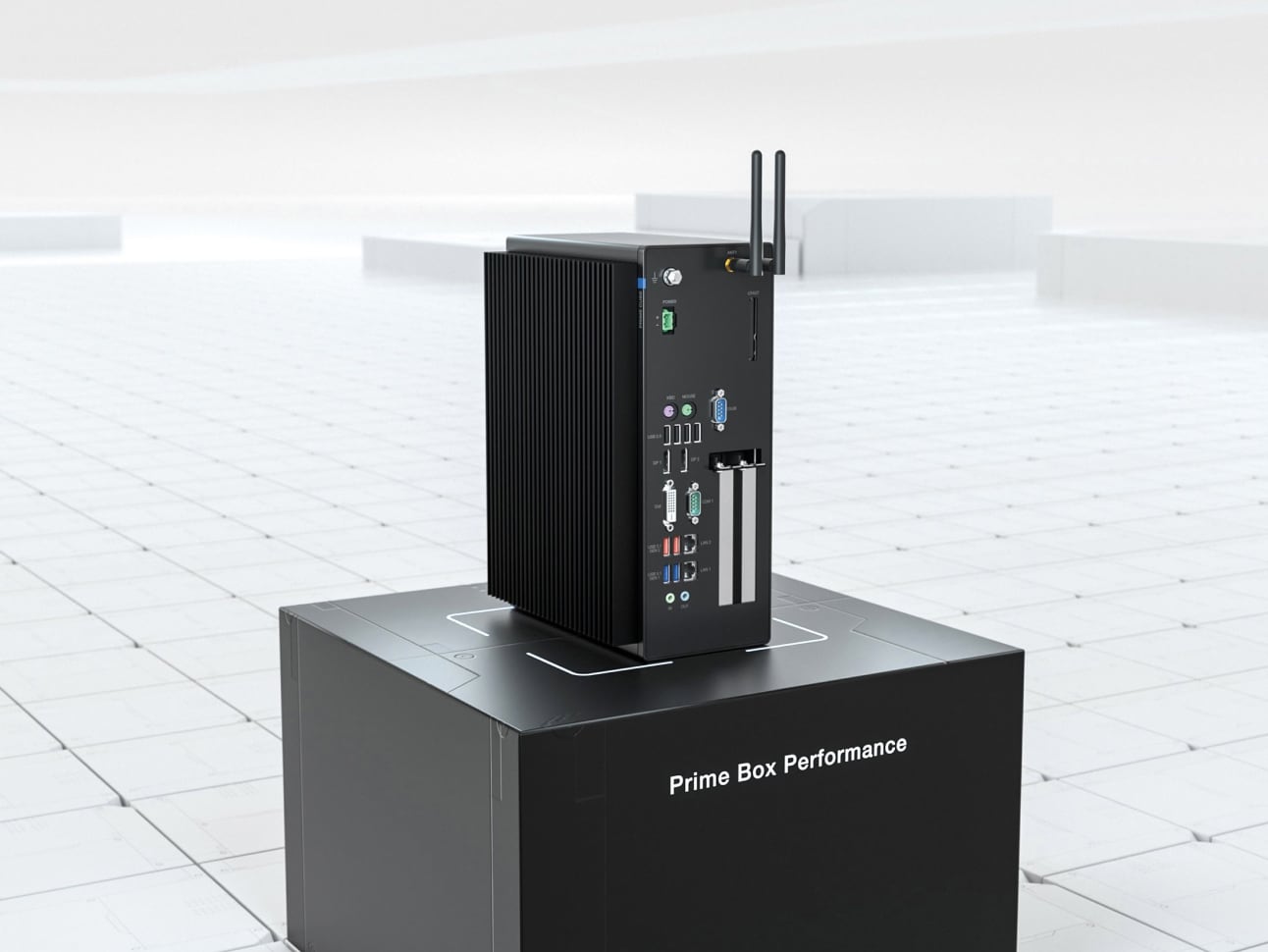
Hardware
As a high performance IPC, the Prime Box Performance serves as a hardware basis that is perfectly equipped for the editing and processing of complex data.
8th Gen Intel® Core™ i7 processor
32 GB RAM
512 GB M.2 SSD
The system is designed independent of the hardware. If a CPU is terminated, it can be easily replaced. It is not necessary to redesign the hardware.
If required, the client server architecture allows to integrate several operating computers for the targeted visualization of data. In the future, only a slim web panel from the Prime Panel series will be used.
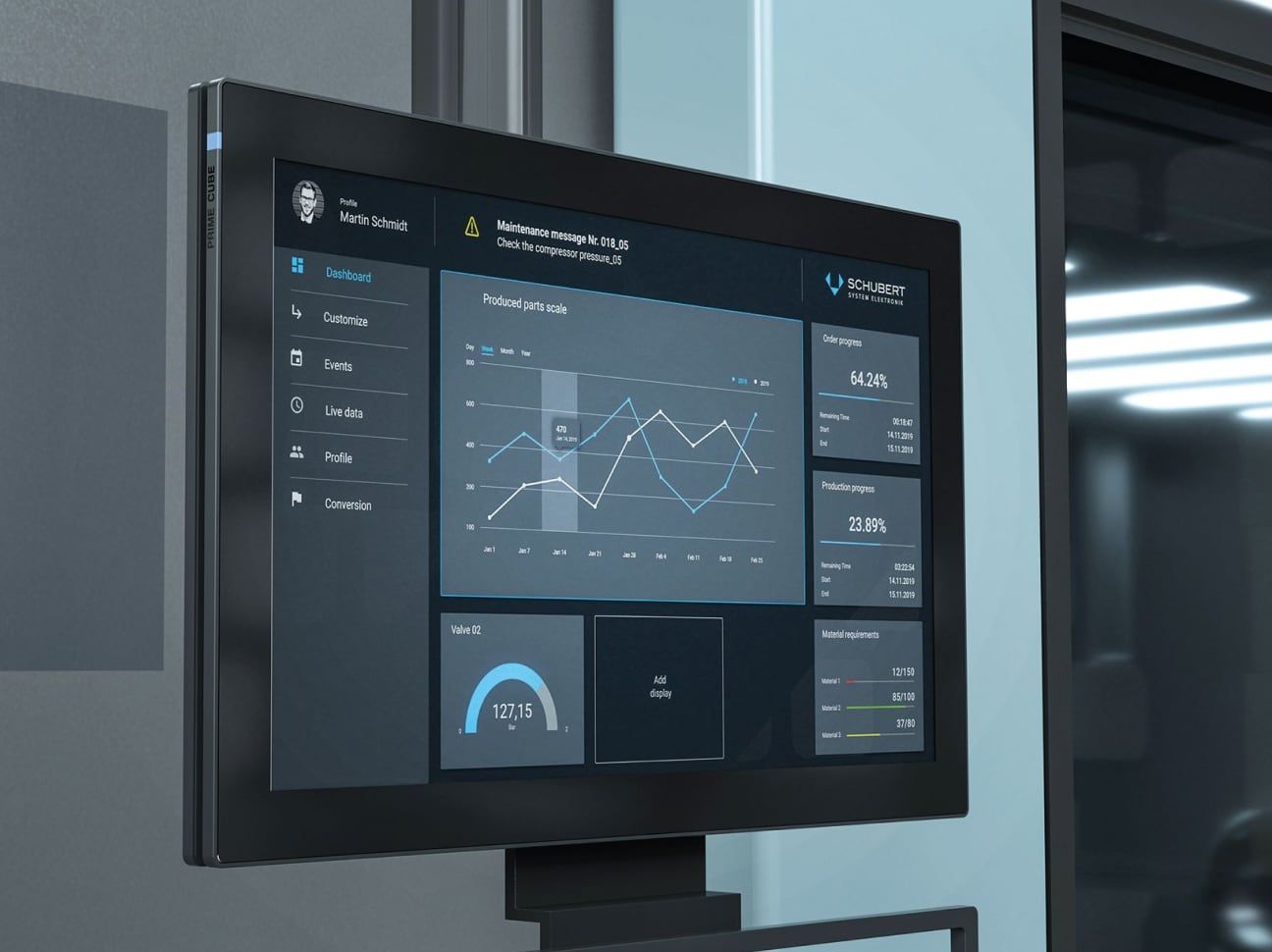
Software
On the software level, BIOS/UEFI and the operating system are individually customized to the requirements. Several derivates of the Prime OS family that were especially developed for the Prime Cube hardware are used for a functional and slim operating system. With Prime OS VM different operating systems are virtualized and distributed on the plant server. Users can, for example, run operating systems for edge computing applications there, plus additional ones for AI, service accesses, device management, etc. Applications are provided in containerized form via PRIME OS Edge. In this way, all necessary components and dependencies are isolated in one container.
Both operating systems could, among other things, be derived from the use case of the Schubert TLM server and are now available for a wide range of applications. More on the software
Until now, we have installed the machine software to the Windows system of our customers’ machines. Every now and then, there are customer-specific adaptations which can cause problems in case of updates. Due to containerization we can now define and apply the software components including the operating system as a package. We can perform more extensive tests in advance to ensure the functionality with our customers. Thus, future updates will be significantly faster and also more reliable
Jan Köhler
Head of Control Technology G. Schubert GmbH
Resume
Sustainable Success with System Consulting and Development Competence
Based on the joint requirement analysis our team of experts could provide sound advice on system development. After many years of experience with the development of complex digitization and automation solutions, now an optimum solution has been developed: The software components were customized to the use case in packaging machines and supported by a suitable hardware environment that meets all requirements to cost and performance efficiency, performance, and long-term availability. Currently, the series start of the TLM server is imminent.
We are happy to realize and successfully launch this pioneering project as a technology partner within the Schubert group for and with our parent company. From this experience we derive products and solutions to be used in different application areas.
Tobias Ott
Head of Technical Customer Teams Schubert (TCT)*
*The TCT was formed early in 2023 and is decentrally located both at the headquarters of SSE in Neuhausen ob Eck and in Crailsheim. It is our goal to accompany both Gerhard Schubert GmbH and major customers directly and intensively in the areas of development and technology."
Authors & Contributors:
- Tobias Ott, Head of TCT Schubert (SSE)
- Dominik Bacher, Development System Software (SSE)
- David Bongermino, Team Leader System Software (SSE)
- Alexander Matt, Team Leader Product Management Prime Cube (SSE)
- Jan Köhler, Head of Control Technology (G.Schubert)
What is Virtualization?
Virtualization is the abstraction or digital imitation of physical IT resources (e.g. hardware components such as memory).Several software elements such as operating systems can be used on one hardware by means of this digital hardware support. The major benefits of virtualization include the independence from hardware, the efficient use of the system by compressing the hardware and the low hardware costs. If the hardware causes problems, it can be easily replaced. In this case, the virtual machine keeps running. The virtual machines are generated by hypervisors that are also called virtual machine monitors. They position themselves as an abstracting layer between the existing hardware and the applications such as operating systems.
Contact

Sales team
Telefon: +49 (0) 7467/9497-0You have a first idea or concrete requirement? Our sales engineers and experts will be happy to support you.
